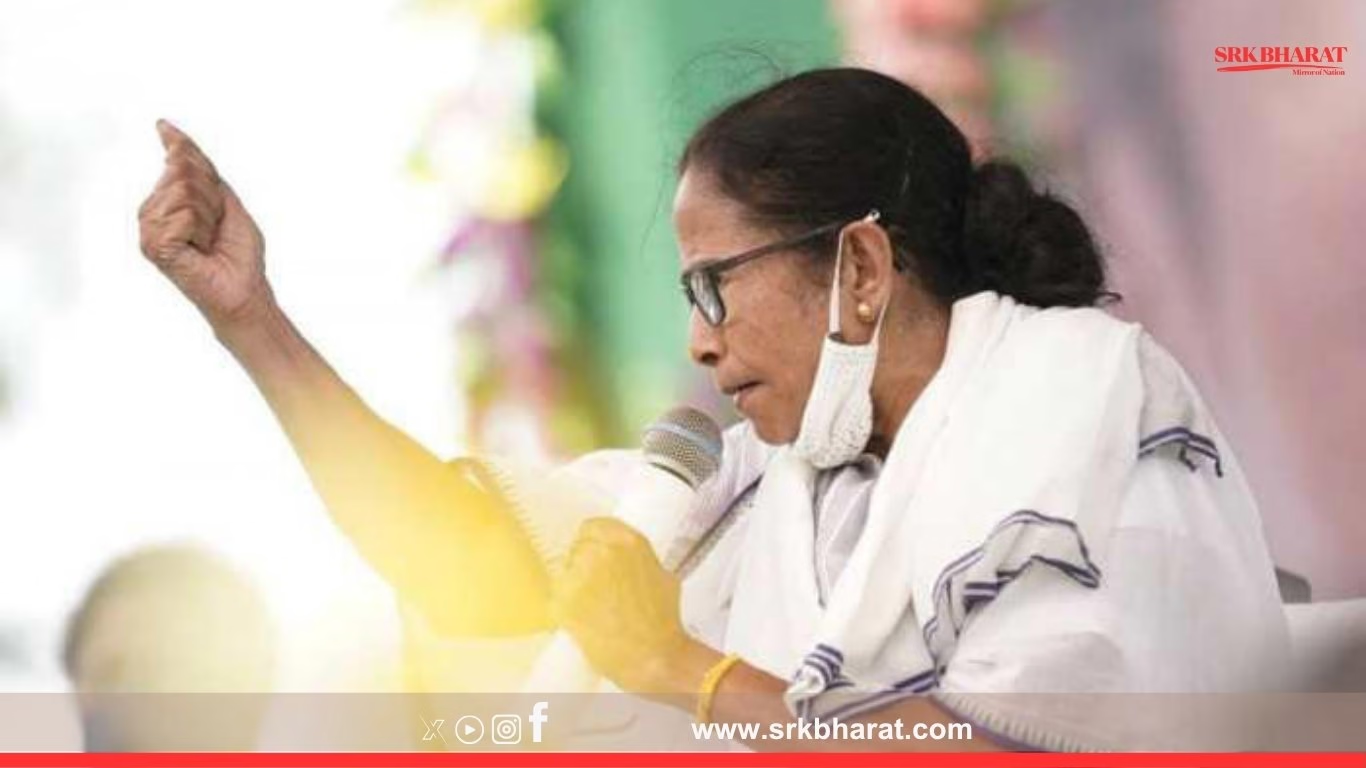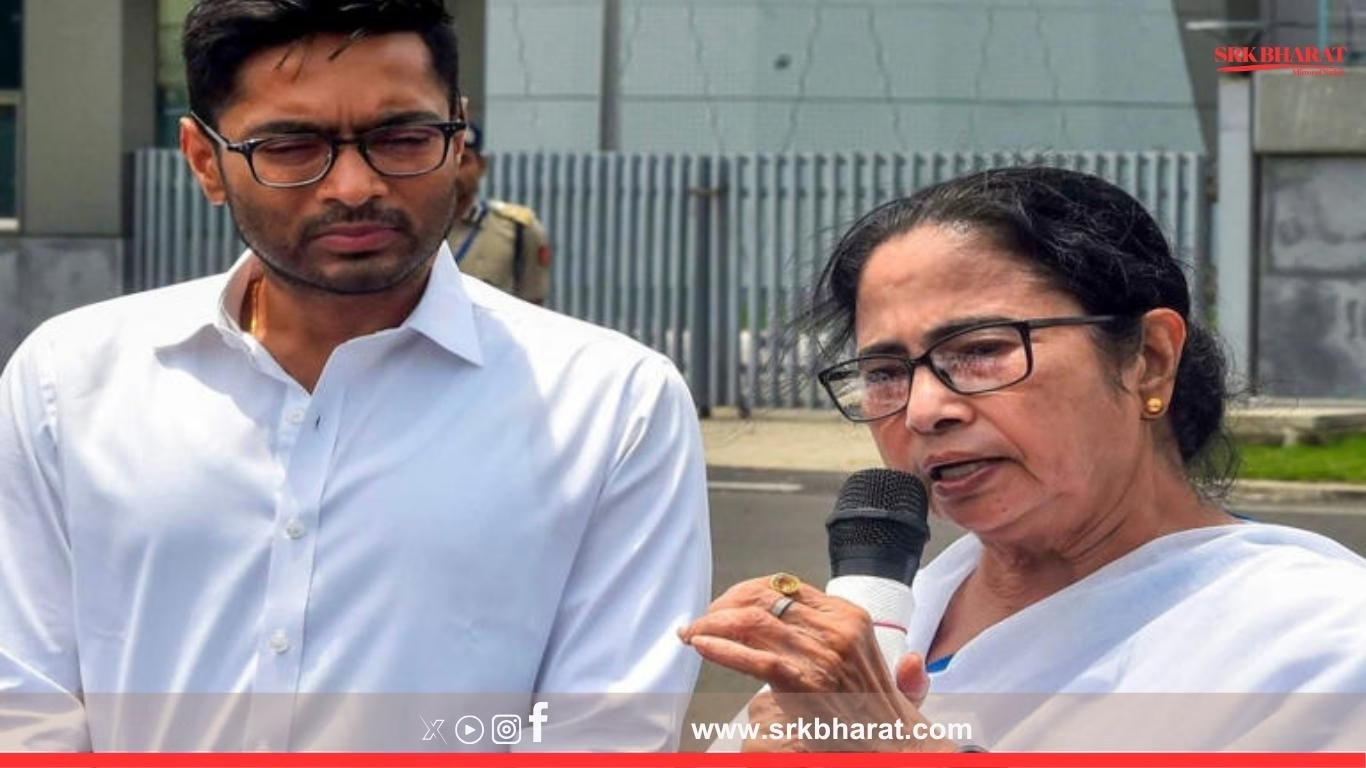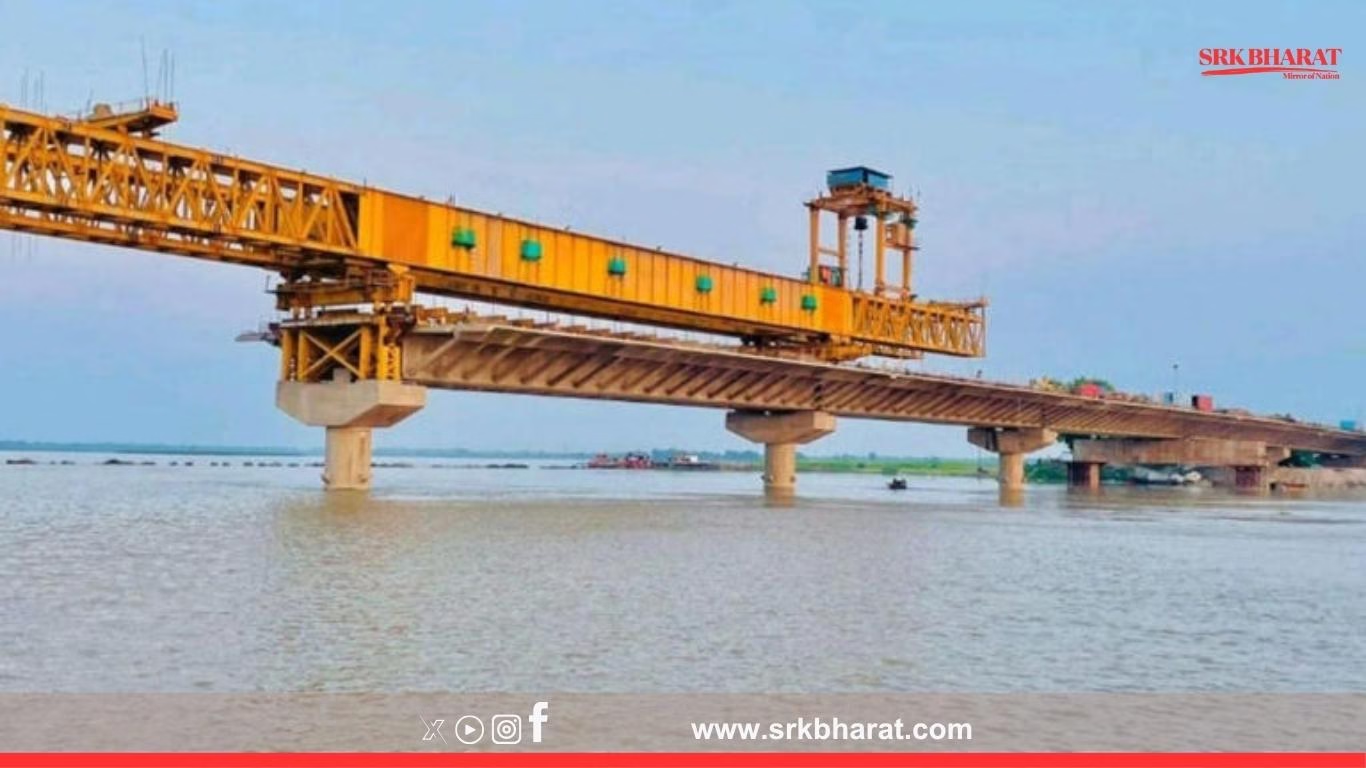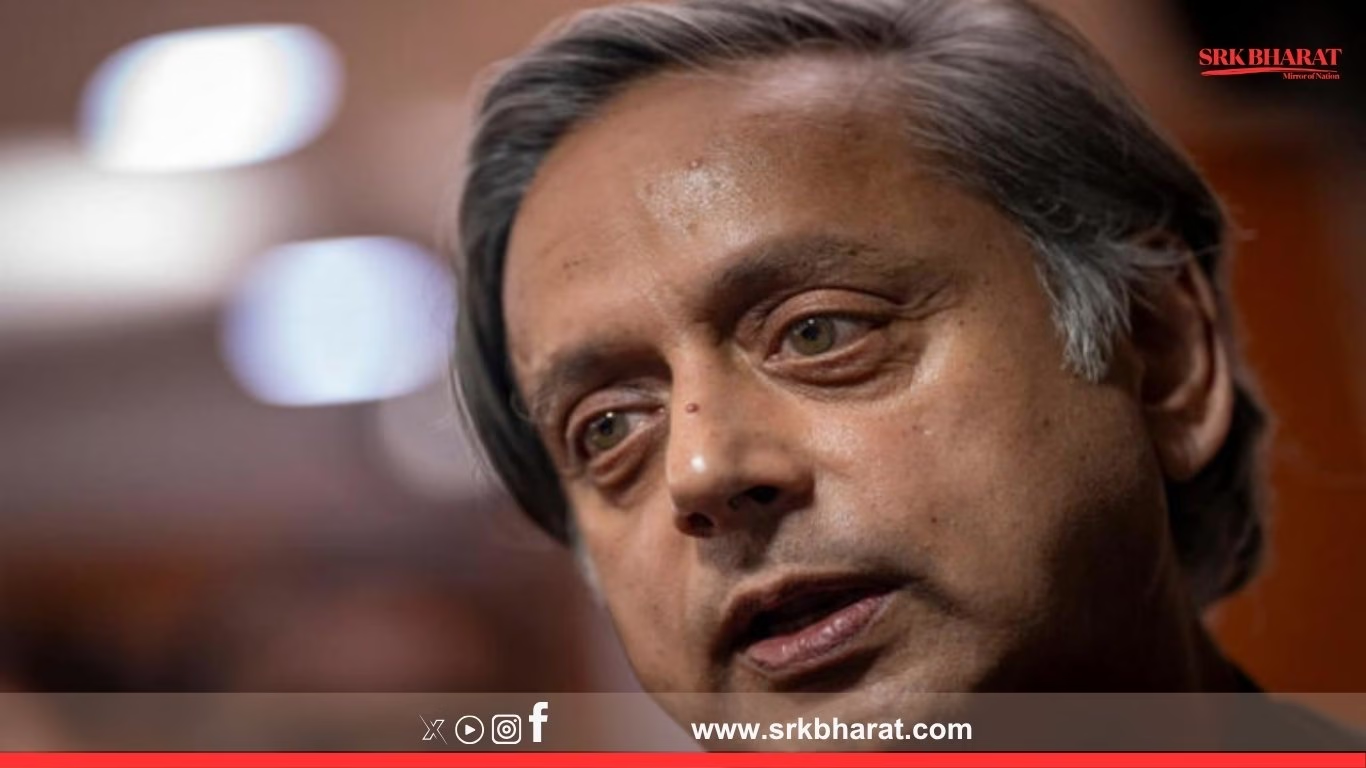A high-level delegation from the World Bank visited Haryana on Tuesday to inspect the ambitious Saraswati river revival project and associated groundwater recharge systems being developed by the state government. The team reviewed technical, environmental, and socio-economic aspects of the ongoing initiatives aimed at rejuvenating the ancient river and addressing the water scarcity challenges in northern Haryana districts.
Focus of the Visit
The delegation, led by senior World Bank water resources specialist Dr. Mia Lewis, visited key project sites in Yamunanagar and Kurukshetra districts, including:
- Adi Badri (Yamunanagar): The origin site of the Saraswati revival channel.
- Pipli (Kurukshetra): Ongoing recharge structures and reservoir integration works.
- Saraswati Tirtha areas: Cultural heritage sites being integrated with riverfront development.
Dr. Lewis stated:
“The Haryana government’s efforts to combine cultural heritage revival with scientific water management through recharge systems is noteworthy. Our visit aims to understand its technical robustness, environmental sustainability, and potential as a replicable model in other semi-arid regions globally.”
Overview of Haryana’s Saraswati Revival Mission
The Saraswati revival project was launched in 2021 under the Haryana Saraswati Heritage Development Board with a budget of over ₹1,200 crore to:
- Rejuvenate the mythical river’s paleochannel using diverted water from the Yamuna and groundwater recharge.
- Construct check dams, recharge shafts, and sedimentation tanks to improve aquifer levels.
- Integrate cultural tourism, heritage conservation, and ecology restoration along the channel route.
Chief Minister Manohar Lal Khattar has positioned the project as both a religious-cultural renaissance and a scientific intervention to tackle depleting groundwater levels in Kurukshetra, Kaithal, and adjoining areas.
Site Visits and Technical Review
The World Bank team was accompanied by Haryana Water Resources Department officials, Saraswati Heritage Board members, and experts from IIT Roorkee and WAPCOS, the main consulting agency.
During their visit to Adi Badri, engineers explained how water from the Som river is being diverted into the revived Saraswati channel using intake structures, settling tanks, and recharge pits to ensure controlled flow while enhancing groundwater levels along its course.
At Pipli, the delegation reviewed sedimentation ponds, filtration units, and bank stabilisation works to prevent erosion and enhance aquifer recharge efficiency.
Key Project Components Reviewed
| Component | Location | Purpose | Status (as of July 2025) |
|---|---|---|---|
| Diversion weir & intake structure | Adi Badri | Divert water from Som river to channel | 80% complete |
| Recharge shafts & injection wells | Pipli, Kurukshetra | Direct recharge to aquifers | 60% complete |
| Check dams & embankments | Along channel route | Flow control, erosion prevention | 70% complete |
| Cultural and religious sites restoration | Pehowa, Kurukshetra | Pilgrimage tourism, heritage revival | 50% complete |
(Compiled from Haryana Saraswati Heritage Development Board data)
Delegation’s Interaction with Local Communities
The World Bank team also held discussions with villagers, panchayat members, and farmer associations to understand:
- Impact on irrigation availability in adjoining farmlands.
- Changes in groundwater levels post recharge interventions.
- Concerns related to land acquisition, compensation, and cultural site preservation.
Farmers in the Kurukshetra region expressed optimism, stating that rising groundwater tables due to recharge pits are reducing their dependency on deep tube wells, thus lowering energy costs and ensuring better crop sustainability.
Insights from Groundwater Monitoring Data
Groundwater experts presented pre-and post-project monitoring data to the delegation indicating:
| District | Average Pre-Project Water Table Depth (m) | Current Water Table Depth (m) | Observed Improvement (m) |
|---|---|---|---|
| Kurukshetra | 23.8 | 20.5 | 3.3 |
| Kaithal | 25.6 | 22.9 | 2.7 |
| Yamunanagar | 21.4 | 19.2 | 2.2 |
(Source: Haryana Groundwater Cell monitoring reports, July 2025)
Officials explained that while seasonal variations influence water tables, early data from pilot recharge sites shows a positive trend in aquifer replenishment.
Integrating Heritage and Scientific River Management
Addressing the delegation, Haryana Saraswati Heritage Development Board Vice-Chairman Dhuman Singh Kirmach stated:
“Our approach integrates ancient cultural reverence for Saraswati with modern hydrology and environmental science. This dual vision is strengthening public support for groundwater recharge efforts and cultural tourism.”
The Board is also collaborating with the Archaeological Survey of India (ASI) to restore ancient Saraswati ghats and temples, with plans for eco-tourism circuits along the river route.
Recommendations and Future Collaborations
The World Bank team shared preliminary recommendations, including:
- Strengthening real-time monitoring of recharge pit efficacy through IoT-based sensors.
- Ensuring integrated catchment area treatment to control silt inflow.
- Designing local community-based operation and maintenance models for sustainability.
- Exploring public-private partnerships to develop cultural tourism infrastructure alongside hydrological works.
Dr. Lewis added:
“Such projects, when backed by community engagement, scientific rigour, and cultural inclusion, create robust models of sustainable development that align with global goals of water security and heritage conservation.”
Potential Funding Support and Next Steps
The Haryana government has submitted proposals for World Bank technical and financial assistance for scaling groundwater recharge projects linked to Saraswati revival and broader aquifer management initiatives under Jal Jeevan Mission 2.0.
Officials informed that following this inspection, a formal feasibility assessment and funding framework discussion is expected later this year.
Broader Implications for Haryana and India
Experts say the Saraswati project exemplifies how river revival initiatives can combine mythological-cultural narratives with contemporary hydrological solutions to tackle severe groundwater depletion in semi-arid plains. With Haryana’s water table declining by over 10 metres in parts of Kurukshetra and Kaithal in the last two decades, recharge-based river revival projects could offer replicable models for similar Indo-Gangetic plains regions.
Conclusion
The World Bank’s inspection visit marks an important step towards global institutional recognition of Haryana’s Saraswati revival as a potential case study for integrated heritage and water resource management. As technical evaluations continue, state authorities remain hopeful that international collaboration will accelerate their mission to restore the Saraswati’s legacy while securing water sustainability for future generations.
Disclaimer: This report is based on statements from Haryana government departments, World Bank delegation briefings, and local community interactions. Readers are advised to await final feasibility assessment reports for confirmed project impacts and funding decisions.











